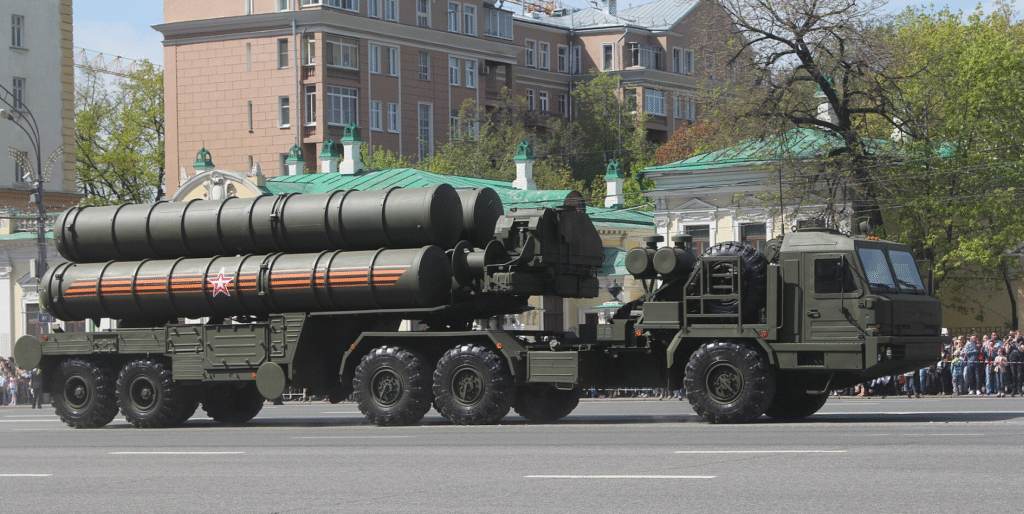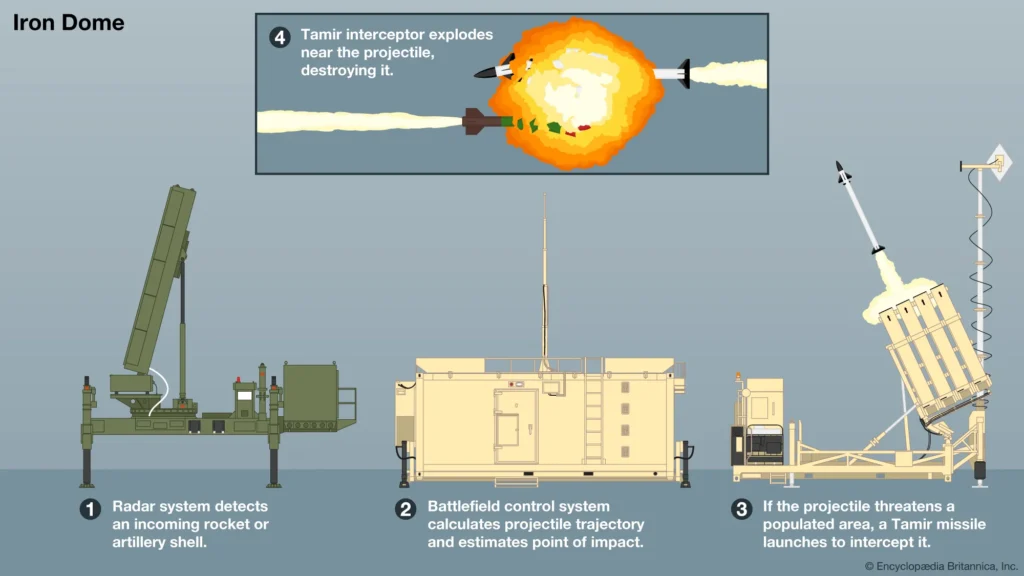
Missile defense systems have become a cornerstone of national security for countries around the world. Among the most advanced and controversial of these is the Russian S-400 Triumf system. As a cutting-edge piece of military hardware, the Russian S-400 has reshaped geopolitical alignments, attracted global buyers, and raised alarms in Washington. But what makes the Russian S-400 so powerful? Why is the U.S. opposed to its proliferation? And how does it compare to Israel’s famous Iron Dome system?
In this article, we break down the components, capabilities, and strategic implications of the Russian S-400, offering a comprehensive understanding of its significance in today’s world.
What Is the S-400 Missile Defense System?
The Russian S-400 Triumf (NATO reporting name: SA-21 Growler) is a mobile, surface-to-air missile (SAM) system developed by Russia’s Almaz Central Design Bureau. Introduced in 2007, it is widely regarded as one of the most capable and versatile air defense systems in the world.
Key Components of the Russian S-400 System
The S-400 system typically includes the following four core components:
- 91N6E Surveillance Radar:
- Mounted on an MZKT-7930 truck.
- Detects up to 300 targets simultaneously.
- Range: Up to 600 km.
- Equipped with jammer protection.
- 55K6E Command Vehicle:
- Serves as the brain of the operation.
- Assesses whether incoming aerial objects are threats.
- 92N6E Engagement Radar:
- Multifunction radar for guiding missiles.
- Range: Approximately 400 km.
- 5P85TE2 Launch Vehicle:
- Equipped with four missile launch tubes.
- Capable of launching various types of missiles.
Optional Add-Ons
- 96L6E All-Altitude Radar: Enhances detection of high and low-flying targets.
- 40V6MR Radar: Specializes in low-altitude target detection.
Types of Missiles Used
- 9M96E (Short-range, ~40 km)
- 9M96E2 (Medium-range, ~120 km)
- 48N6 (Long-range, ~250 km)
- 40N6E (Very long-range, ~400 km)
These missiles enable the S-400 to engage a variety of aerial threats, including stealth aircraft, drones, cruise missiles, and even intercontinental ballistic missiles.
How the S-400 Works
Detection to Elimination
- Surveillance Radar tracks airborne targets up to 600 km away.
- Command Vehicle determines if the targets are threats.
- Launch Vehicle receives instructions and fires the appropriate missile.
- Engagement Radar assists the missile in tracking and destroying the target.
Multiple launch vehicles can be coordinated by a single command unit, expanding operational reach.
Why the U.S. Opposes the S-400
The U.S. has voiced strong objections to the acquisition of the S-400 by allies and partners. This opposition is based on both technological and geopolitical concerns.
The CAATSA Sanctions
The Countering America’s Adversaries Through Sanctions Act (CAATSA) was enacted in 2017. It allows the U.S. to impose sanctions on countries that engage in significant transactions with Russian defense and intelligence sectors.
Sources:
CAATSA Section 231(e) – U.S. Department of State
Concerns Over Stealth Technology Exposure
- S-400’s radars can potentially detect and log data on American stealth aircraft like the F-22 Raptor, F-35 Lightning II, and B-2 Bomber.
- If data is shared with Russia, it could compromise future operations involving these aircraft.
Undermining U.S. Influence
- Acquisition by NATO allies (e.g., Turkey) creates interoperability issues with U.S. defense systems.
- Challenges the U.S.’s ability to lead joint operations and maintain technological superiority.
Global Interest in the S-400
Despite U.S. pressure, several countries have shown interest or already procured the S-400 system:
- India: Signed a $5.43 billion deal in 2018. Deliveries began in 2021.
- Turkey: Received its first batch in 2019, leading to removal from the F-35 program.
- China: First foreign buyer; deployed S-400 units for testing.
- Saudi Arabia, Qatar, and Syria have also expressed interest.
S-400 vs. Israeli Iron Dome

Purpose and Range
- S-400: Designed for long-range interception (up to 400 km).
- Iron Dome: Developed for short-range threats (4-70 km).
Deployment and Cost
- Iron Dome is faster to deploy, more cost-effective, and uses smaller missiles.
- S-400 offers broader coverage, ideal for defending large territories against multiple threats.
Use Case Differences
| Feature | S-400 | Iron Dome |
|---|---|---|
| Max Range | 400 km | 70 km |
| Target Types | Aircraft, missiles, drones | Rockets, artillery, mortars |
| Deployment | Mobile, strategic installations | Tactical, near civilian areas |
| Cost Per Intercept | Higher | Lower |
Sources:
Strategic Implications
The spread of the S-400 system presents several geopolitical and military challenges:
- Shift in Global Alliances: Countries like India balancing ties with both the U.S. and Russia.
- Surveillance Risk: Stealth aircraft data exposure could weaken U.S. air superiority.
- NATO Cohesion: Divergence in defense procurement threatens alliance integrity.
Conclusion: A Missile System That Shifts Power Dynamics
The Russian S-400 missile defense system is more than just a piece of military hardware. It represents a shift in global power dynamics, testing alliances and altering strategic calculations. While the U.S. continues to enforce CAATSA to discourage its purchase, many nations weigh the risks against the undeniable defense capabilities it offers.
In contrast, systems like the Israeli Iron Dome serve more localized purposes, and while impressive in their own right, they cater to different operational needs.
The S-400 may not be the future for every country, but for those with broader security concerns and a willingness to navigate diplomatic backlash, it’s a formidable asset.
Call-to-Action
Interested in learning more about global defense technology or staying updated on geopolitical developments? Subscribe to our newsletter or follow our blog for weekly deep dives into the world’s most advanced defense systems.